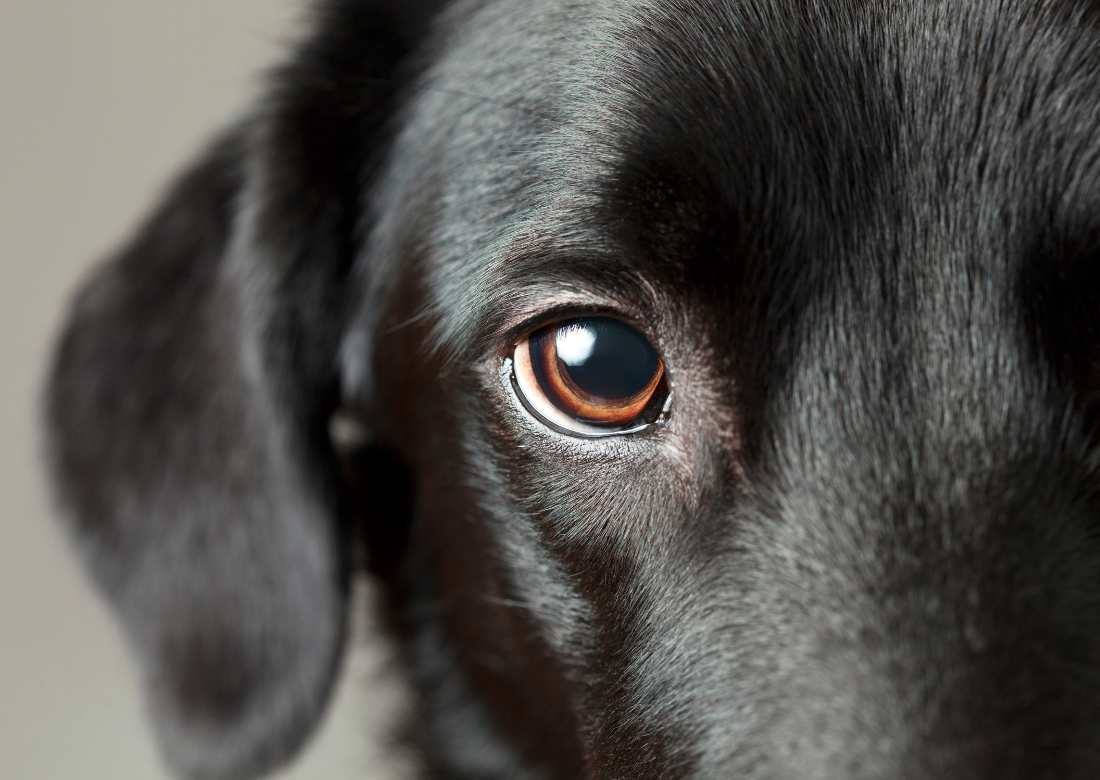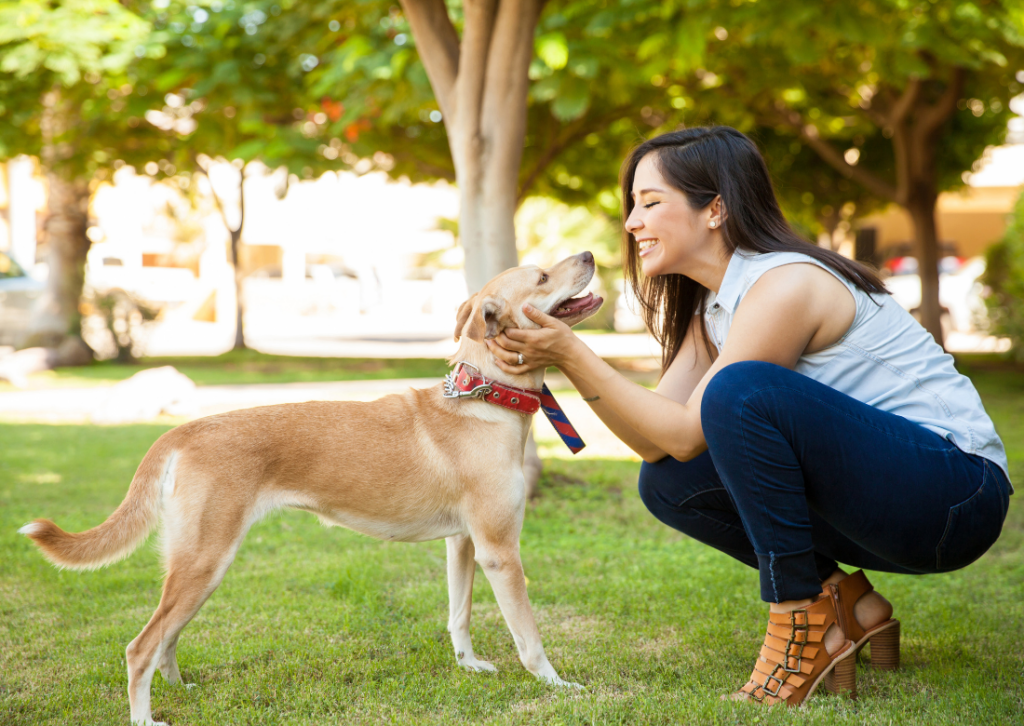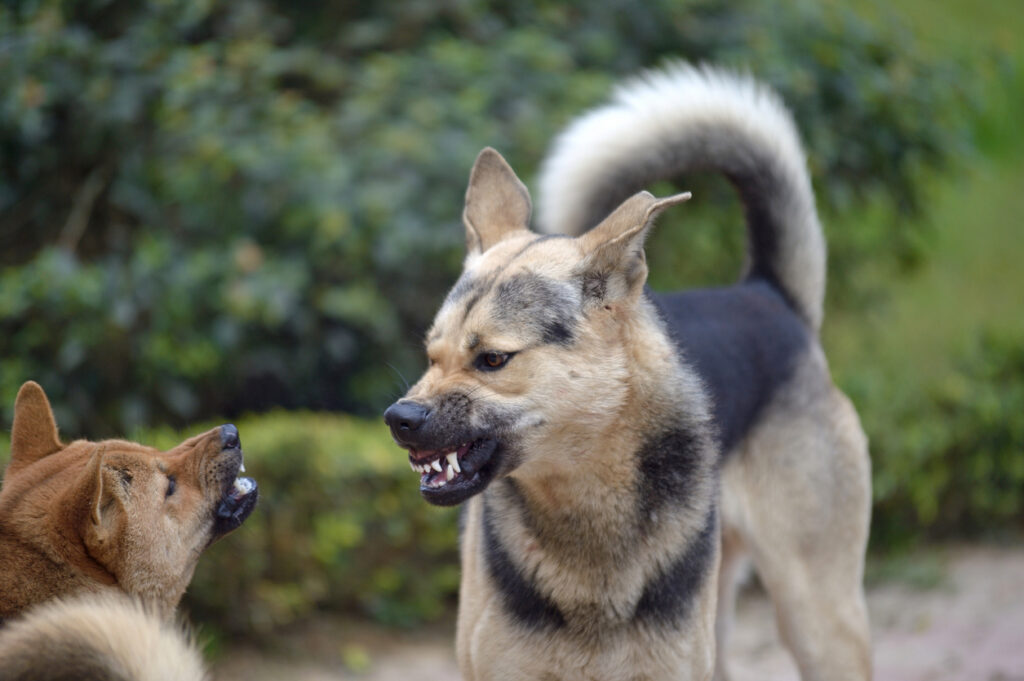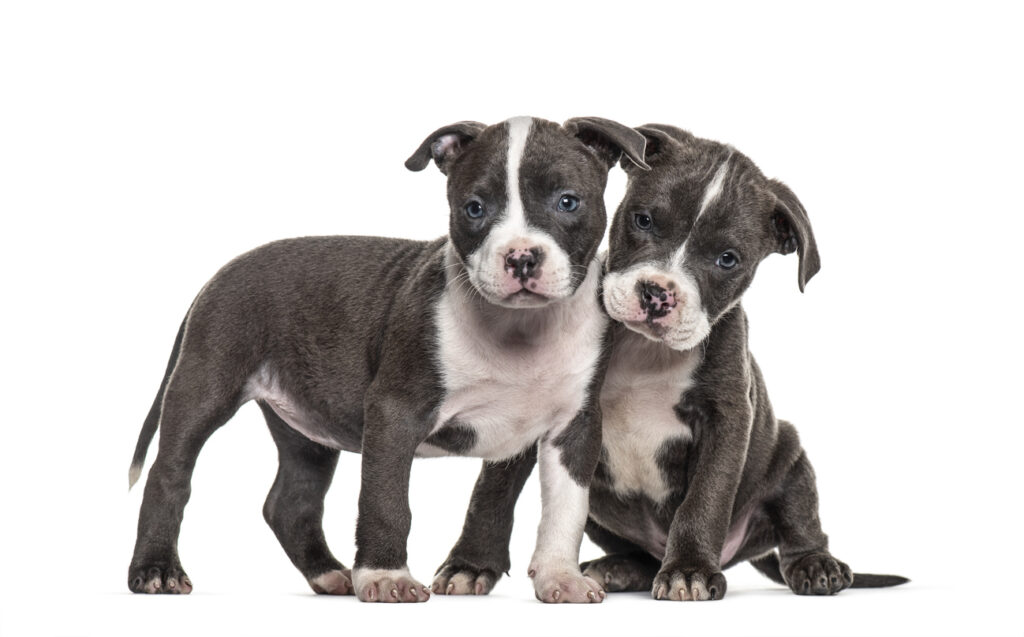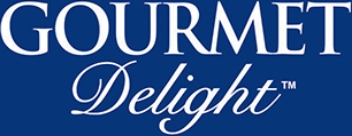Frequently Asked Questions
Do dogs make eye contact to read human emotions?
Dogs make eye contact to read human emotions. This mutual gaze helps them interpret our feelings, strengthening the bond between you and your pet while enhancing communication and trust.
Why do dogs avoid eye contact with their owners?
Dogs may avoid eye contact with their owners due to instinctual behaviours, anxiety, or feeling threatened. This avoidance can signal submission or discomfort, as direct eye contact is often perceived as a challenge in canine communication.
Is eye contact a sign of dog affection towards me?
Eye contact is a sign of dog affection towards you. When your dog gazes into your eyes, it often indicates trust and a strong emotional bond, reflecting their love and connection with you.
Is my dog trying to communicate with me through eye contact?
Dogs often use eye contact as a way to communicate with their owners. When your dog looks into your eyes, it can signify trust, affection, and a desire for connection, indicating they are trying to engage and bond with you.
Can eye contact help with dog training and obedience?
Eye contact can significantly enhance dog training and obedience. By establishing eye contact, you foster a stronger bond of trust, making your dog more receptive to commands and guidance during training sessions.
Can my dogs eye contact be a sign of anxiety or fear?
Your dog's eye contact can indeed be a sign of anxiety or fear. If your dog avoids eye contact or stares without blinking, it may indicate discomfort or stress in certain situations.
How does eye contact affect dog behaviour?
Eye contact significantly affects dog behaviour by fostering trust and enhancing communication. When dogs make eye contact with their owners, it can lead to increased feelings of safety and bonding, ultimately improving their responsiveness and behaviour during training.
What does my dogs gaze mean?
The meaning of your dog's gaze can vary, but it often signifies trust, affection, or a desire for attention. Observing their eye contact can help you understand their feelings and strengthen your bond.
Can eye contact strengthen our bond?
Eye contact can significantly strengthen our bond with dogs. By establishing mutual gaze, we foster trust and emotional connection, enhancing communication and deepening our relationship with our pets.
Why do dogs stare at their owners?
Dogs stare at their owners to establish a bond and communicate affection. This eye contact fosters trust and can strengthen the emotional connection between dogs and their humans, enhancing their overall relationship.
How can I encourage my dog to make eye contact?
Encouraging your dog to make eye contact involves using positive reinforcement. Start by holding a treat near your face and rewarding your dog when they look at you. Gradually increase the duration of eye contact before giving the reward to strengthen the bond.
What does avoiding eye contact indicate in dogs?
Avoiding eye contact in dogs often indicates discomfort or anxiety. It can signal that a dog feels threatened or is trying to communicate submission, highlighting the importance of understanding their body language for better communication and trust-building.
Is eye contact important for dog training?
Eye contact is crucial for dog training. It helps establish trust and enhances communication between you and your dog, making it easier for them to understand commands and respond positively during training sessions.
How do dogs interpret human eye contact?
Dogs interpret human eye contact as a form of communication that fosters trust and connection. They often view prolonged eye contact as a sign of affection and safety, helping to strengthen the bond between them and their owners.
Can eye contact reduce dog anxiety?
Eye contact can indeed reduce dog anxiety. Establishing gentle, consistent eye contact helps create a sense of security and trust, allowing dogs to feel more at ease in their environment and with their owners.
What role does eye contact play in dog communication?
The role of eye contact in dog communication is crucial. It fosters trust and strengthens the bond between dogs and their owners, allowing for better understanding and responsiveness during training and daily interactions.
How can I tell if my dog trusts me?
The signs that your dog trusts you include relaxed body language, seeking your attention, maintaining eye contact, and following your commands willingly. These behaviours indicate a strong bond and a sense of security in your presence.
Does eye contact influence a dogs mood?
Eye contact influences a dog's mood significantly. Positive eye contact can enhance feelings of trust and affection, promoting a sense of security and happiness in your dog.
Why do some dogs avoid eye contact?
Some dogs avoid eye contact due to fear, anxiety, or a lack of trust. This behaviour can stem from past experiences or inherent temperament, as direct gaze may be perceived as a threat in the canine world.
Can eye contact indicate a dogs needs?
Eye contact can indicate a dog's needs. When dogs make direct eye contact with their owners, it often signals their desire for attention, affection, or assistance, helping to strengthen the bond and improve communication between them.
How does eye contact affect dog obedience?
Eye contact significantly affects dog obedience by fostering trust and enhancing communication. When dogs maintain eye contact with their owners, they are more likely to respond positively to commands, leading to improved training outcomes and a stronger bond.
What are the signs of a dog feeling secure?
The signs of a dog feeling secure include relaxed body posture, a wagging tail, and seeking closeness to their owner. Additionally, they may display calm behaviour and maintain eye contact, indicating trust and comfort in their environment.
Can eye contact help with dog socialisation?
Eye contact can significantly aid in dog socialisation. By establishing a connection through mutual gazing, dogs feel more secure and confident, making them more receptive to interacting with other dogs and people.
How do different breeds respond to eye contact?
Different breeds respond to eye contact in various ways, influenced by their temperament and socialisation. For instance, breeds like Golden Retrievers may seek prolonged eye contact to strengthen bonds, while more reserved breeds, such as Shiba Inus, might interpret it as a challenge.
Is prolonged eye contact a sign of affection?
Prolonged eye contact is a sign of affection. When dogs and their owners maintain eye contact, it fosters a strong emotional bond, enhancing trust and communication between them. This mutual gaze can signify love and connection.
What should I do if my dog avoids eye contact?
If your dog avoids eye contact, it may indicate discomfort or anxiety. To encourage eye contact, create a calm environment, use positive reinforcement, and gradually build trust through gentle interactions. Patience and consistency are key in fostering this bond.
How can I read my dogs emotions through gaze?
Reading your dog's emotions through gaze involves observing their eye contact and expression. Dogs often convey feelings like affection, anxiety, or excitement through their eyes, so maintaining soft, relaxed eye contact can indicate trust and comfort.
Does eye contact vary with dog personalities?
Eye contact does vary with dog personalities. Some dogs may naturally seek more eye contact, reflecting confidence and a desire for connection, while others may be more reserved, requiring gradual trust-building to engage in mutual gazing.
Can eye contact help in training rescue dogs?
Eye contact can significantly aid in training rescue dogs. By establishing mutual gaze, you foster trust and communication, making your dog more receptive to commands and guidance. This connection is especially crucial for rescue dogs, who may need extra reassurance.
What are the benefits of mutual gaze with dogs?
The benefits of mutual gaze with dogs include enhanced emotional bonding, increased trust, and improved communication. This eye contact fosters a deeper connection, allowing for better understanding and responsiveness between you and your furry friend.
